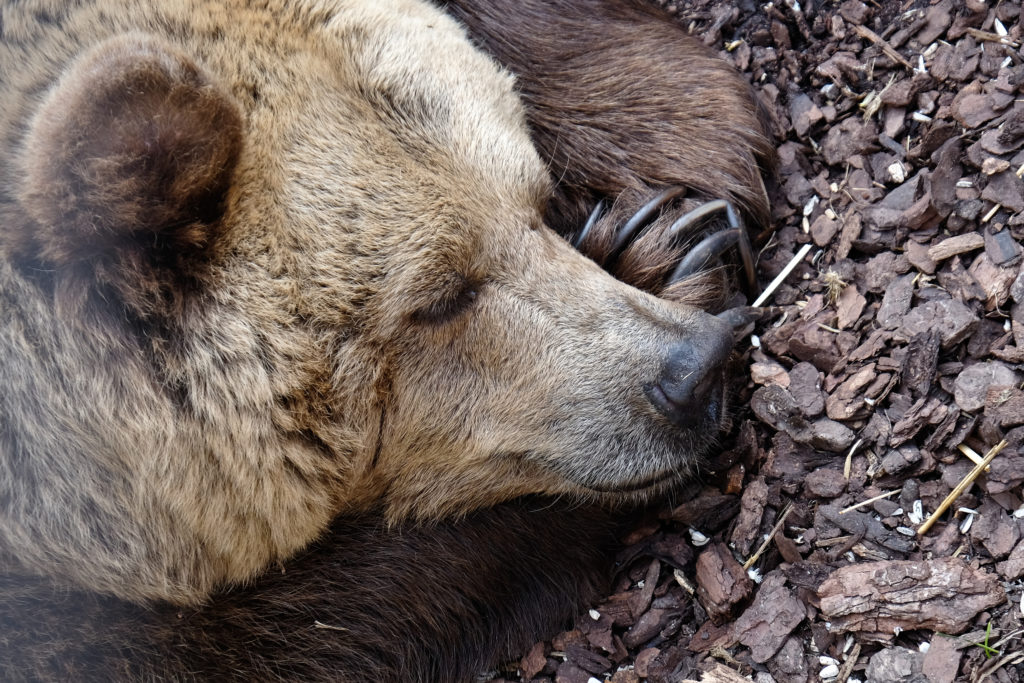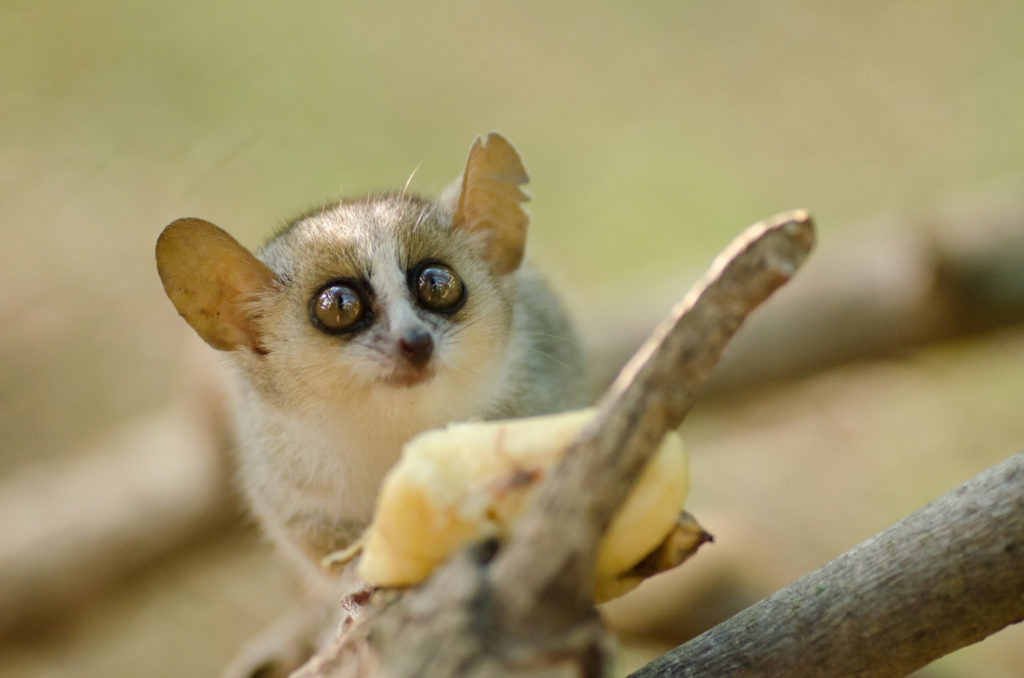This article was published in 2016 and may not reflect the latest scientific research on hibernation in bears.
Ever feel like postponing life until spring by indulging in a really long winter’s nap? Me too. Well, maybe we should have been born as bears. Bears are the most notorious animals for taking season-long snoozes every winter, but a surprising number of animals also have some interesting winter slumber styles, too.
What is hibernation?
Hibernation, by definition, is when animals “sleep” through the winter season. During hibernation, the animal’s body temperature, heart rate and breathing rate all drop to significantly lower levels. Animals do this to survive the winter because the weather is cold and food is scarce. It is advantageous because these animals can quite literally shut themselves off for weeks at a time rather than try and survive through harsh weather conditions.
While many people think bears are hibernators, they actually participate in a similar, though not exact, practice. Instead of hibernating, bears fall into a deep sleep called torpor. During torpor, heart rate and breathing rate decreases, body temperature reduces slightly and bears do not eat or release bodily waste. Bears can sleep more than 100 days without eating, drinking, or passing waste! Instead, bears are able to literally turn their pee into protein through a urea recycling process. The urea produced by their fat metabolism is broken down and the nitrogen is re-used by the bear to rebuild protein.
The main difference between hibernation and torpor is that during torpor, the animal is able to wake up easily if hurt or threatened by predators. Pregnant female bears can also wake up from torpor to give birth, then go back to sleep afterwards!


